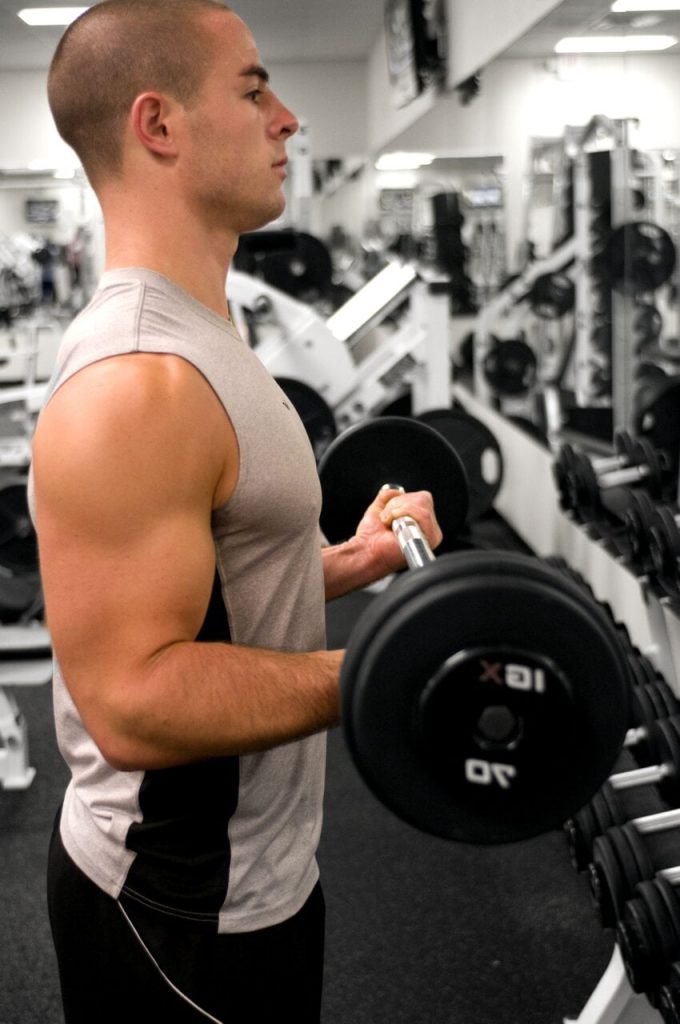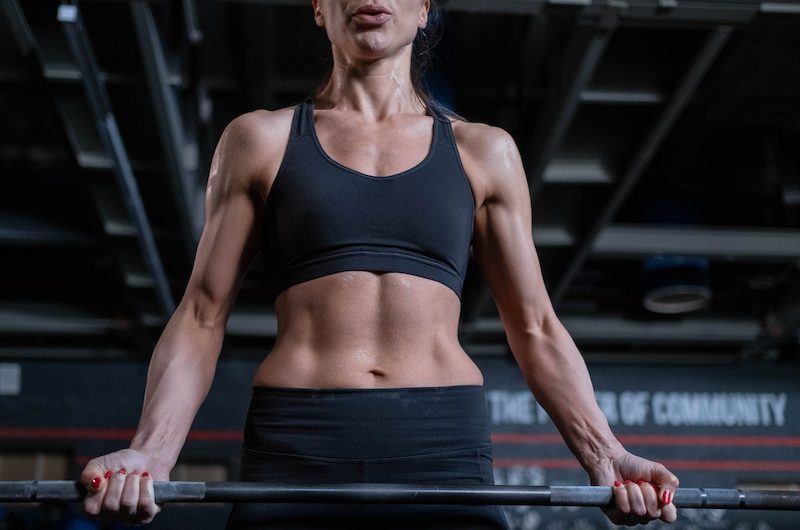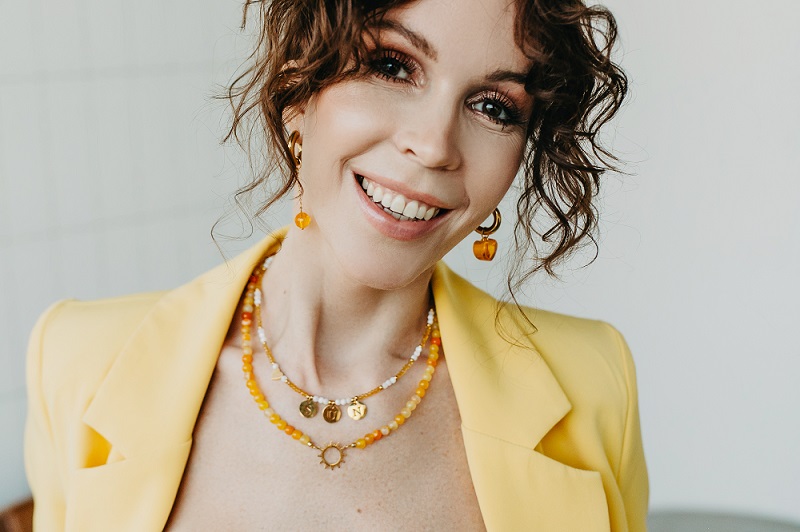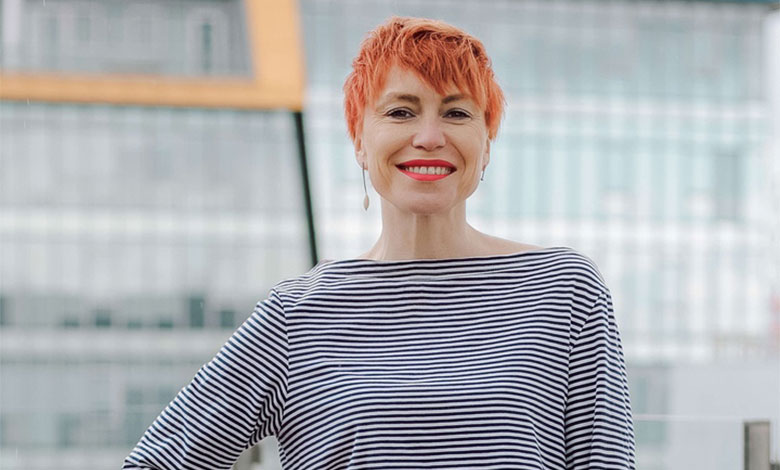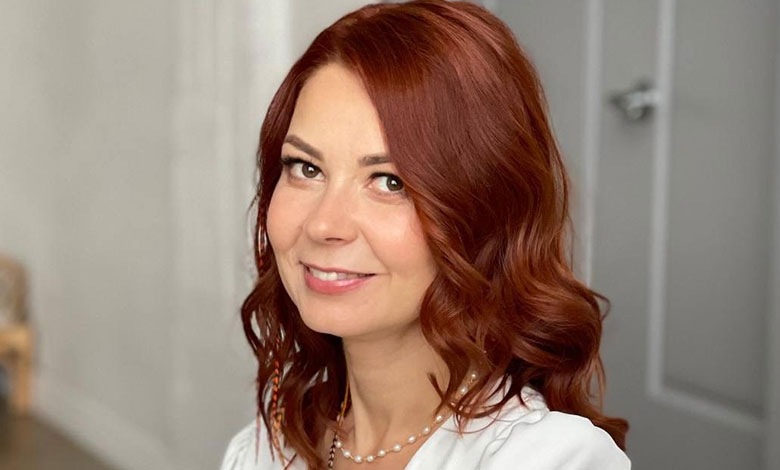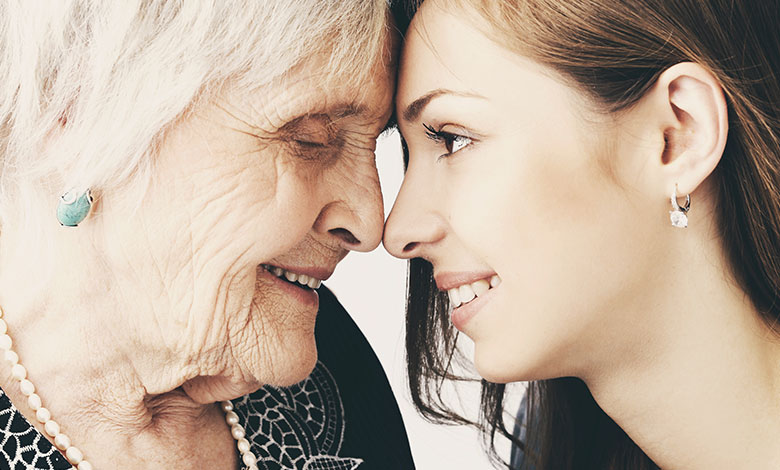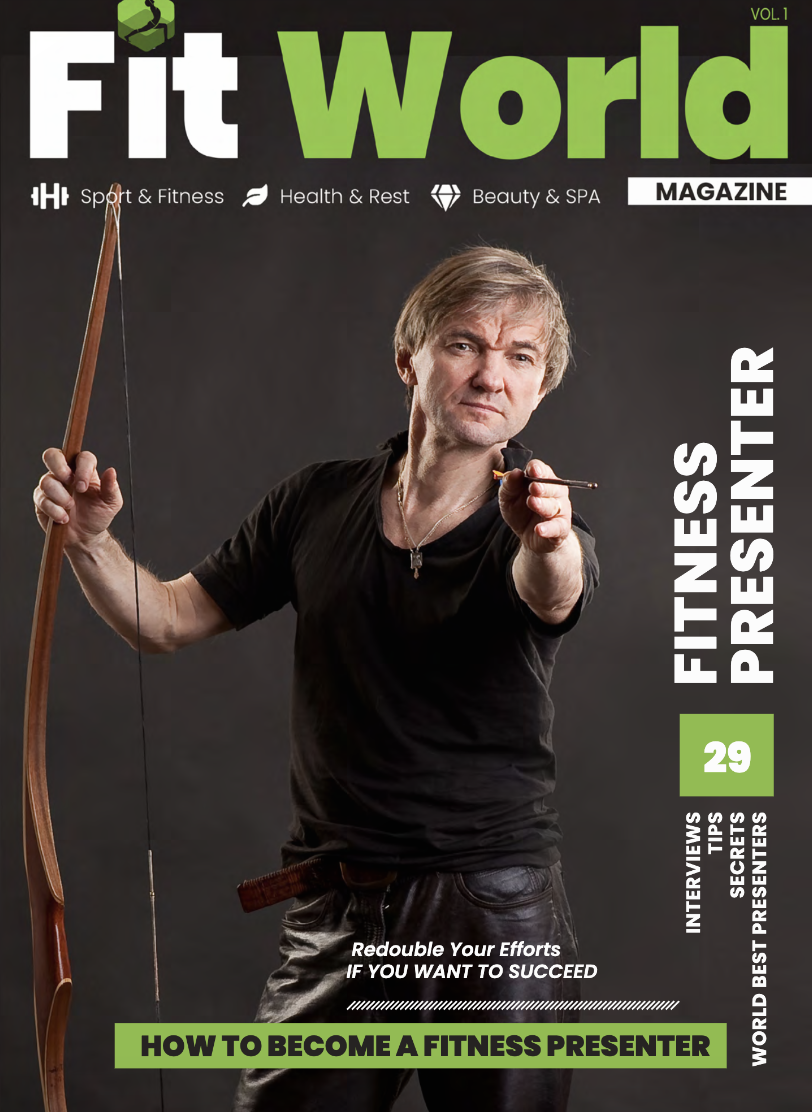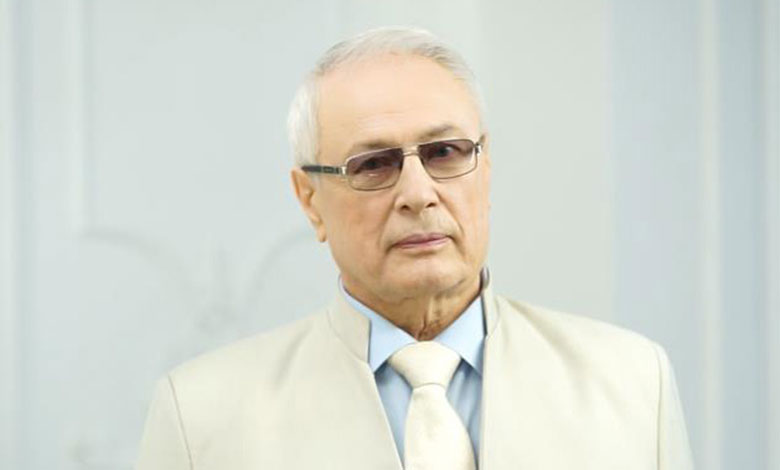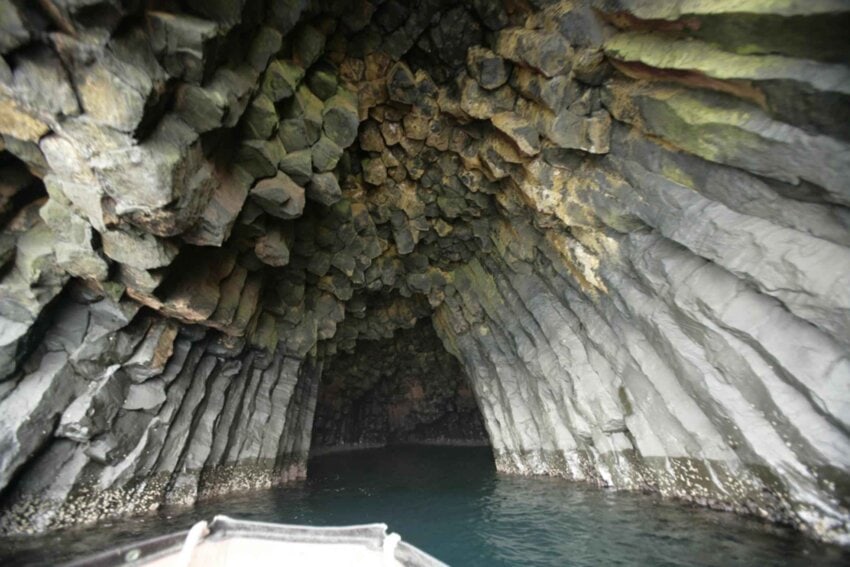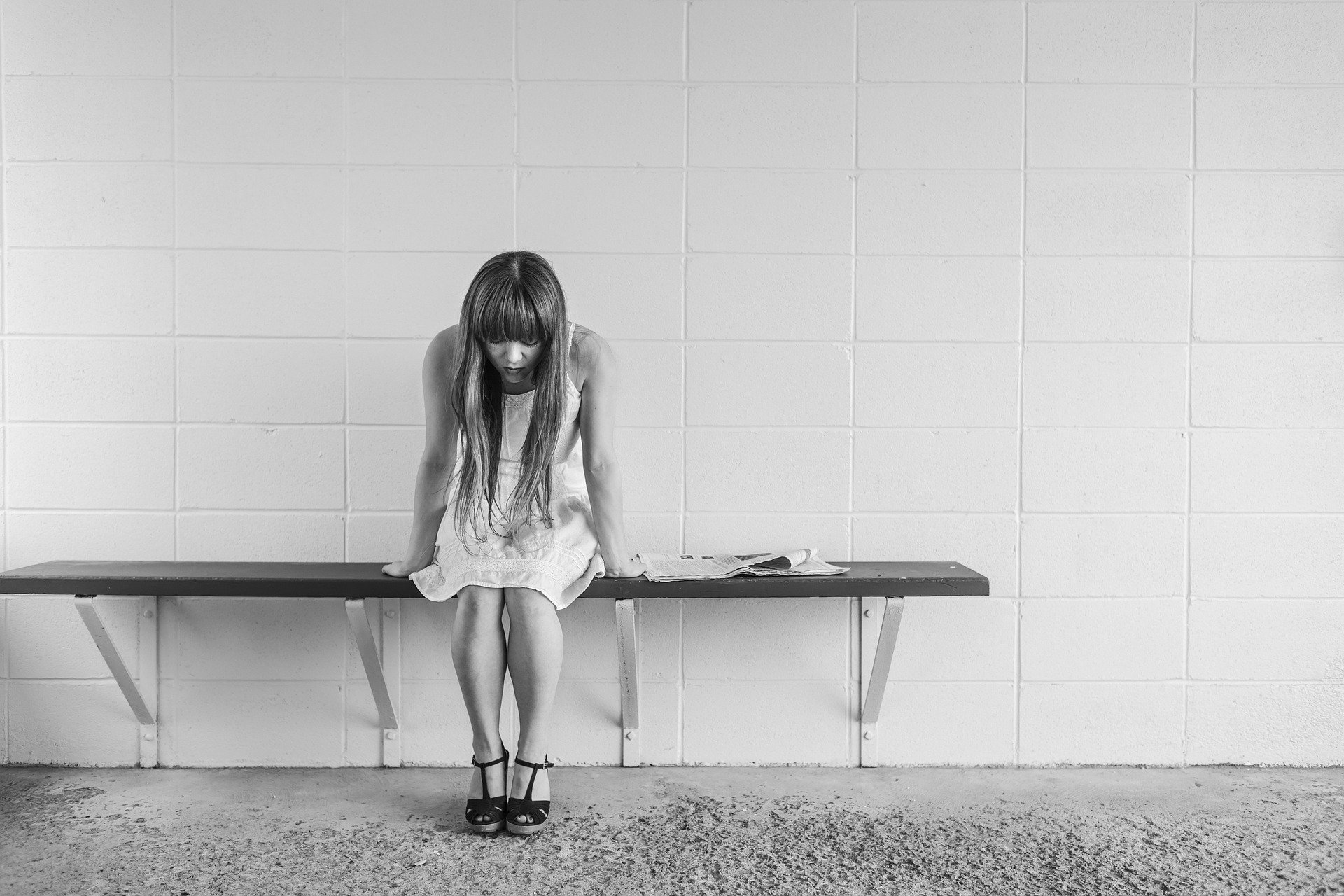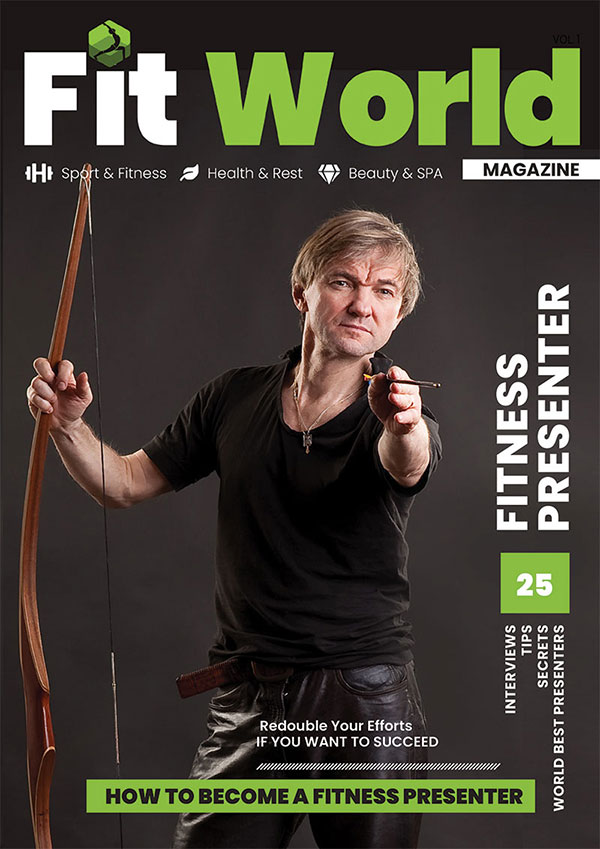What does a person need to be happy? Actually, not so much – an opportunity to live a full life. To see, to hear, to touch, to move, and to be able to do what you love. Everyone can add something different to this list. But it always starts the same way – it’s our health, which no money can buy.
And what about those people who have disabilities? Nowadays, the word “disabled” is not in use. A child or an adult with a disability. This is not a question of tolerance. It’s a question of humanity and ethics. Just look at how blind people compete in biathlons, people with prosthetic lower limbs run marathons, etc.
Adaptive physical education is one of the areas of education and training of children with disabilities, which helps them not to remain “on the sidelines” of modern life, helps them become a full member of society, socialize, etc.
Adaptive Physical Education – what is it?
Adaptive physical education (AFC) combines many disciplines – medicine, anatomy, remedial pedagogy, pathology, etc. All the activities of AFC specialists are aimed at the treatment, rehabilitation and socialization of children and adults with disabilities.
An important part of APE is not only the treatment and rehabilitation of people with disabilities, but also their socialization, the opportunity to show them new aspects of their lives, to give them positive emotions, etc.
It is the incomparable joy of being able to move, learn something new, communicate with other people, the opportunity to cope with their disability in one way or another. To tell myself – I can, I do, I live, no matter what. It may be difficult for ordinary people to understand this, because we perceive our physical capabilities as some kind of given.
Goals and Objectives of Adaptive Physical Education
The goal of adaptive physical education is the health of a person with a disability: to develop vitality, to ensure the functioning of existing physical capabilities (as far as existing health limitations allow), and to maximize the characteristics of physical and mental health.
On the way to this goal, APE specialists solve the following tasks:
– corrective;
– compensatory;
– preventive;
– health-improving and educational;
– developmental.
Corrective and compensatory work is carried out with the existing physical disabilities (the main disease and comorbidities), preventive work is aimed at improving immunity, strengthening health and physical strength, improving the overall condition. Educational and upbringing work is aimed at socialization of people with AFC, increasing self-confidence, learning to interact with other people, etc.
Functions of Adaptive Physical Education
Four groups of functions can be distinguished in APE:
– Rehabilitation function includes corrective, compensatory and preventive activities;
– pedagogical function includes educational, educational and vocational activities;
– the function of physical education and sport includes developmental, competitive and creative activities;
– the social function includes humanistic, socializing and communicative activities.
Let’s elaborate on each of these functions.
Rehabilitation function of APE
Correctional activity within the framework of rehabilitation is aimed at treatment and correction of the main and accompanying (there can be several of them) disease and secondary deviations in physical condition caused by it.
An APE specialist, when performing rehabilitation activities, selects a special set of effects on the body of a child or adult with a disability, using physical exercises. Simultaneously with physical exercises, there is a corrective and pedagogical impact (training and education through exercises or play) in order to affect not only physical health, but also the patient’s mental state (his sensory system, intellect, etc.). This activity also affects the emotional-volitional sphere, cognitive and behavioral sphere.
Compensatory work is conducted with those people who have had one or another health function irrevocably lost (intellectual disorders, loss of hearing, vision, etc.). The lost functions are compensated for by those functions that have been preserved.
When carrying out preventive work, an APE specialist uses physical exercises available to the patient in order to prevent hypodynamia or hypokinesia that haunt people with disabilities. Organized motor activity (within the capabilities of the patient) is necessary to prevent the occurrence of secondary diseases.
The pedagogical function of APE
The educational and upbringing activity of an APE specialist is aimed at developing strategies and tactics for working with children who have some kind of developmental disability. Thanks to educational activities, there is a gradual transition from classes with a specialist (interactive classes) to independent work of the patient.
As a result of the specialist’s work, the child or adult gains special knowledge, abilities and skills, develops a system of values for a healthy lifestyle and improves physically and intellectually. A harmoniously developed personality is formed (where deviations in development allow for this), the patient is motivated for self-improvement and self-education, an inferiority complex is overcome and a sense of self-esteem is formed.
Vocational training work of an APE specialist is aimed at developing and improving those physical skills that are necessary for the patient’s professional ability to perform. Readiness (physical and psychological) for work is formed, skills and abilities of social and domestic self-care are acquired.
Function of Physical Education and Sports
Developmental activity within the framework of the function of physical education and sports is aimed at the all-round development of the personality of a child or adult with a disability. Lagging in physical development, lack of motor functions, inability to fully control their movements – all this negatively affects other functions of the body. The work of an AFC specialist here is aimed at developing muscle strength, speed, agility, flexibility, coordination and other physical characteristics.
Competitive activities have an important socialization potential. It is an opportunity for people with disabilities to compete fairly against other athletes, learn to communicate and interact with each other and other competitors.
Creative activities give people with disabilities an opportunity to realize their abilities, conduct positive constructive activities, demonstrate their abilities, character, and personal qualities.
Social function of APE
This function reveals the peculiarities of the relationship of a person with disabilities with society. Humanistic activities here are aimed at ensuring that people with disabilities are recognized as equal members of society, for whom equal opportunities can and should be provided.
Socializing and communicative activities are aimed at finding opportunities to include people with disabilities in society, to help them learn the experience of social life, norms of behavior, to help them enter the social environment. This activity continues throughout life.
Summing up, we want to pay special attention to the training of an APE specialist. Without proper education, without special competences in this area, the work of a specialist will not be successful and will be ineffective.


